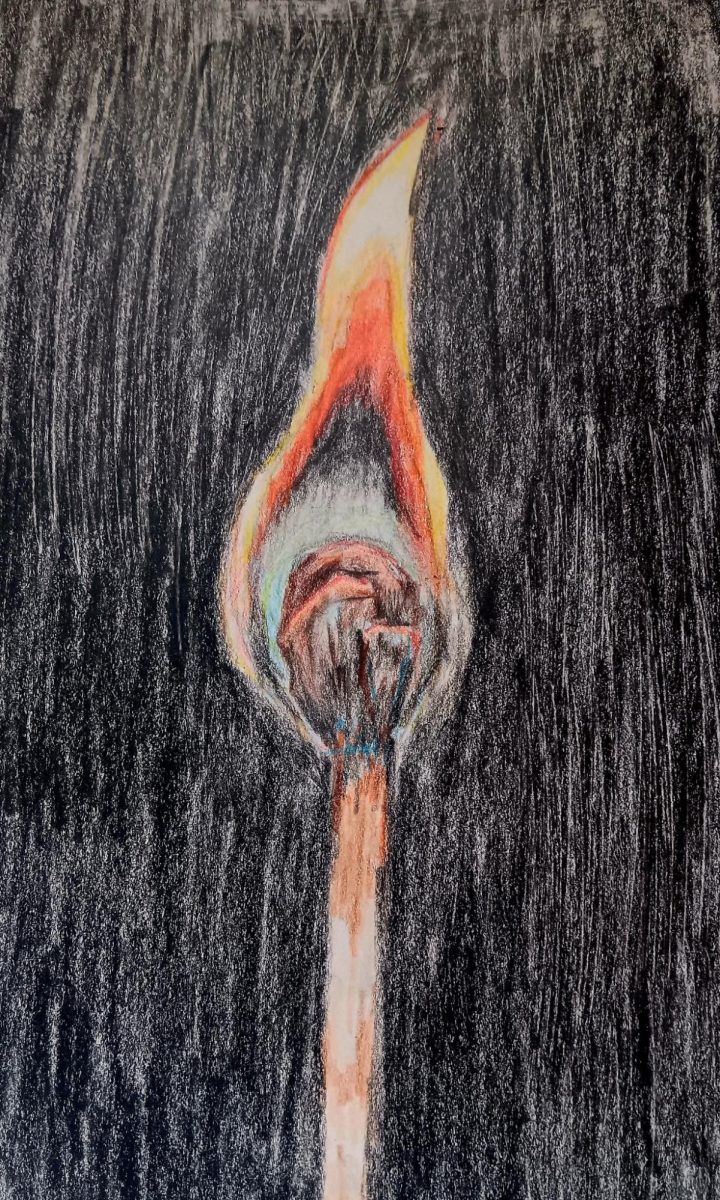Bringing the Story of Easter to Life
Photo by ALEXANDRA TORRO on Unsplash
Easter is the Christian celebration of Jesus Christ’s miraculous triumph over death. After his death by crucifixion, he rose from the dead three days later. The Christian belief is that Jesus sacrificed himself on the cross and received punishment for the sins of all the people. His resurrection grants eternal life for all those who believe in him, and the celebration of Easter stands as one of the most important and holy days on the Christian calendar.
Orthodox Easter, or Pascha and Catholic Easter, have the same roots and both celebrate the miracle of resurrection. The main difference is they are celebrated on different days. The Catholics follow a different calendar than the Orthodox; Orthodox Easter is celebrated in conjunction with the Jewish Holiday, Passover, and usually falls after Catholic Easter. Orthodox Easter annually falls on the first Sunday after the first full moon after Passover, whereas Catholic Easter falls on the first full moon after the spring equinox, according to the Greek Reporter website (greekreporter.com).
Greek Orthodox Easter holds unique traditions different from the Catholic traditions. Worshippers work together to bring the miracle of resurrection to life.
Preparations for Pascha begin 40 days prior to Easter; Greeks would commence in fasting, prayer, and the attendance of liturgy services during this time. Great Lent prepares believers to reach for, accept, and attain the calling of his Savior. Observance of Great Lent calls for the abstinence of many foods including all meat and dairy, repentance, and restitution for all sins committed in the past year. The duration of this period is finalized on the Sunday of the sixth week, Palm Sunday, which celebrates the beginning of Holy Week.
Palm Sunday represents Jesus’ arrival to Jerusalem where he was greeted by people waving palm branches. Worshippers welcome Jesus into their hearts and show their willingness to follow him by this greeting. The Palm Sunday tradition is that all gather in the church prior to the mass and fold the palm leaves into cross shapes. The church is then decorated with the palm leaves to prepare for mass. Concluding the Palm Sunday mass, the priest distributes the blessed palm crosses to all as a symbol of victory and peace.
The church liturgies during Holy Week run for hours, and there is a different mass every day to follow the Passion of Christ, the days that led him to the cross, and to resurrection, according to the Greek Reporter website (greekreporter.com).
On Holy Wednesday, the Liturgy of the Presanctified Gifts is held. This evening is devoted to repentance, confession, and the remission of sins by the Lord. Those who attend are given the opportunity to repent their sins in Confession in preparation for communion. The mass closes with the priest blessing each person with anointing oil which many people believe has healing powers.
Holy Thursday follows with a depressing liturgy as Jesus’ betrayal is recalled and he is eventually led to his death. Four events are celebrated on this day and the “Twelve Gospels” are read during mass to prepare for Good Friday.
On Good Friday, the people are in mourning and the church bells ring throughout Greece to commemorate the death of Jesus Christ. People will gather at the church Friday night to participate in a funeral procession for Jesus. They follow the priest and the Epitafios, a wooden construction covered with precious cloth and adorned with flowers in representation of Jesus’ body. Mourners are given candles with red cups, and all share the holy light as they walk outside to mourn their savior. The processions are accompanied by a police escort, and the roads are closed for them to walk. People must be extra careful while holding the candles as there have been many instances where coats and even hair have accidentally caught fire. The Good Friday Procession is arguably the most renowned event of Holy Week, as it thoroughly recreates the scene and brings the story of Easter to life.
On Holy Saturday, or the Anastasi, Greeks gather at the church at midnight for the Resurrection ceremony. Greeks ditch the Good Friday Candles for white candles, or lampathas. Lampathas are gifted to children by their godfather or godmother and are often decorated. Children keep their lampathas for the year as they have been blessed by the Holy Flame. At midnight, the priests join the Greeks outside the church and chant “Christos Anesti!” and the people respond “Alithos Anesti!” This can be translated to, “He is risen”, “Truly, he is risen,” respectively. Greeks celebrate Christ’s resurrection and pass around the Holy Light to bring home and bless their houses.
Returning home from Midnight vigil, it is customary to make a cross out of candle smoke above the front door to symbolize the resurrection. Then, it is time to celebrate.
The family sits around the table to crack red eggs, symbolic of the blood of Christ. Everyone gets an egg, and it becomes a competition to see whose egg is the strongest. Families will go around the table saying the phrase “Christos Anesti”, “Alithos Anesti” as they smash their eggs against each other. The person with the strongest egg is said to have good luck for the next year.
After eating the eggs, the traditional midnight meal is served. Magiritsa is a special Greek soup made with lamb intestines, kidneys, and the innards. It has a distinct taste and most definitely does not appeal to everyone, but it serves as a festive way to signify the end of the 40-day fasting period.
The Easter celebrations continue throughout the day, where Greeks prepare to break their fast and enjoy lamb. The lamb is traditionally cooked for hours, rotating on a spit, which can serve as a frightful sight for a young child, or non-Greeks. Tsoureki, or sweet bread, is also prepared and served at the Easter table. Food is an integral part of Greek Easter, and most anticipate this feast all year.
Greek Easter is a day full of family, dancing, food, and celebrating. It is a day meant to be spent with loved ones. People are given a chance of rebirth as they repent their sins with Jesus’ death. The belief is that Jesus died for the sins of the people, and with the miracle of his resurrection, people are given a second chance. The traditions of Greek Easter help to preserve this miracle and allow people to experience the true story. It enhances the authenticity of the celebration, and stands as a resurrection for all.

Hi! My name is Alexis Raynor, and I am a member of the Class of 2024 and a managing editor for Horizon. I love to dance and hang out with my friends. I...








































